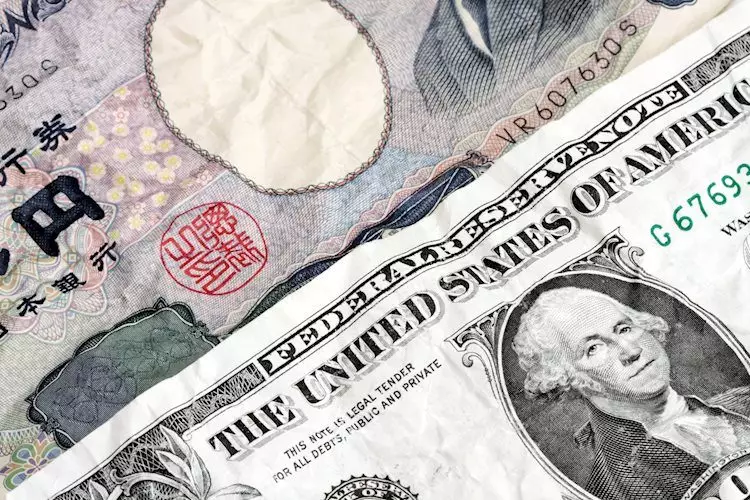In recent weeks, the Japanese Yen (JPY) has experienced notable fluctuations, largely driven by changes in domestic inflation and international monetary policy. As the Bank of Japan (BoJ) contemplates future interest rate hikes amidst evolving economic conditions, market participants are closely monitoring inflation reports and their implications on the Yen’s performance. This article delves into the multifaceted reasons behind the Yen’s ups and downs, examining the domestic inflation figures alongside significant developments in U.S. economic data.
The latest data from the Japan Statistics Bureau indicates a slight easing of the National Consumer Price Index (CPI) from 2.5% to 2.3% year over year for October. However, the core CPI, which strips out volatile components such as fresh food, maintained its growth at 2.3%. This is particularly important as discussions surrounding the BoJ’s monetary policy center on maintaining inflation targets. Governor Kazuo Ueda has emphasized that current foreign exchange rate movements and their impacts on economic outlook will be pivotal in guiding the central bank’s decisions.
Interestingly, even though the core inflation rate excluding energy and fresh food increased from 2.1% to 2.3%, there are still significant concerns about the sustainability of this trend. The Bank of Japan’s two percent inflation target has been a cornerstone of its monetary policy framework. The persistence of inflation above this target enhances speculation about subsequent interest rate hikes, which could support the JPY in the short term.
Despite these domestic pressures, the rise in the U.S. dollar presents a countervailing force against the Yen’s strength. As of late, the USD has remained robust, holding firm at levels not seen since October 2023. This bullish performance of the dollar is likely bolstered by favorable U.S. economic data that suggests resilience in the American economy. For example, reports of reduced weekly jobless claims and increased existing home sales signal a healthy labor market and consumer confidence.
However, the global economic landscape is intricate, and concerns about inflation persist in the U.S. This has kept the U.S. Treasury yields high, neutralizing some of JPY’s upside potential as traders factor in the broader implications of U.S. fiscal policies under President-elect Donald Trump’s potential administration.
In addition to data releases, market sentiment plays a crucial role in shaping currency dynamics. The recent geopolitical tensions, particularly linked to the Russia-Ukraine conflict, add a layer of uncertainty in the foreign exchange market. This backdrop has the potential to elevate safe-haven currencies like the JPY during times of heightened risk aversion.
Japanese Yen’s current position illustrates this dynamic interplay between domestic and international factors. As traders speculate on upcoming central bank meetings and potential rate adjustments, there’s growing anticipation around forthcoming economic indicators such as the flash U.S. Manufacturing and Services PMI and the Michigan Consumer Sentiment Index.
From a technical standpoint, the USD/JPY currency pair shows resilience, particularly around the 154.00 mark, which aligns with the 100-period Simple Moving Average on the 4-hour chart. The oscillators also indicate potential bullish momentum, suggesting an interest from traders to buy into any dips, particularly if prices approach the 153.30-153.25 region. However, traders remain cautious; a push below the 153.00 level could signal a larger downward movement, with critical support pinpointed around the mid-152.00s.
On the contrary, a strong performance above the 155.00 threshold might propel the USD/JPY pair towards higher resistance levels at 155.40 and potentially breach the 156.00 mark, with previous peaks around 156.75 providing additional reference points for traders.
The fluctuations of the Japanese Yen underscore a complex interaction of domestic inflation dynamics, international economic indicators, and market sentiment. As Japan navigates through shifts in consumer prices and the prospect of BoJ policy adjustments, traders and investors will continue to keep a keen eye on key economic data releases. The interplay of these elements will be crucial in determining the Yen’s trajectory and its positioning against the backdrop of a potentially evolving monetary landscape. As economic conditions continue to shift, strategic trading and careful monitoring of these indicators will be imperative for market participants.

